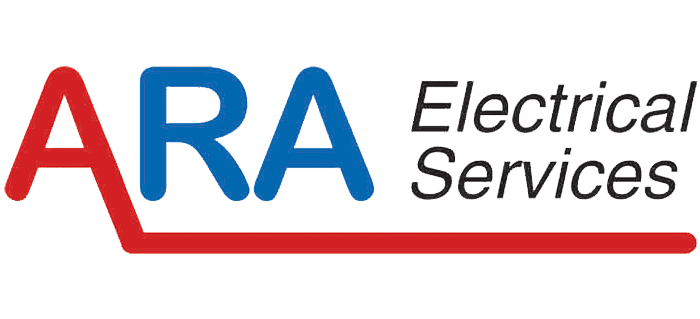Navigating Hazardous Area Compliance: A Guide for the Australian Manufacturing Industry
Introduction:
In the realm of manufacturing, safety is paramount. The Australian manufacturing industry, like many others globally, grapples with the challenge of ensuring compliance with hazardous area regulations to mitigate risks associated with potentially explosive atmospheres. Understanding and adhering to these regulations not only safeguard personnel and assets but also uphold industry standards and reputation. In this blog post, we delve into the intricacies of hazardous area compliance in the Australian manufacturing sector and offer insights into navigating this critical aspect of operational safety.
Understanding Hazardous Areas:
Hazardous areas are locations where the presence of flammable gases, vapors, liquids, combustible dusts, or ignitable fibers pose a risk of explosion or fire. In manufacturing facilities, these areas can arise from various processes such as chemical handling, gas storage, and powder handling. Identifying and classifying hazardous areas within a manufacturing plant is the first step towards compliance.
Hazardous Area Seminar:
As part of our commitment to promoting safety and compliance in the manufacturing industry, we recently hosted a hazardous area seminar for our clients. The seminar provided attendees with valuable insights into hazardous area classification, regulatory requirements, risk assessment methodologies, and best practices for equipment selection and installation. Participants had the opportunity to engage with industry experts, share experiences, and gain practical knowledge to enhance their hazardous area management strategies. The seminar received positive feedback, with attendees expressing appreciation for the informative sessions and networking opportunities.
Hazardous Area Classification:
Hazardous area classification involves categorizing areas within a manufacturing facility based on the likelihood and duration of the presence of flammable substances. This classification is typically determined through a comprehensive assessment of factors such as the type and quantity of hazardous materials, ventilation, and process conditions. Common hazardous area classifications in Australia include Zone 0, Zone 1, and Zone 2 for gases and vapors, and Zone 20, Zone 21, and Zone 22 for combustible dusts.
Australian Standards and Regulations:
Australia has stringent regulations governing hazardous areas to ensure the safety of personnel and property. Key regulations include the AS/NZS 60079 series, which outlines requirements for electrical equipment used in explosive atmospheres. Additionally, the WHS (Work Health and Safety) Act and Regulations mandate employers to provide a safe working environment, including the management of hazardous areas.
Risk Assessment and Management:
Effective risk assessment is fundamental to hazardous area compliance. Manufacturers must conduct thorough assessments to identify potential ignition sources, assess the probability of a hazardous event occurring, and evaluate the consequences. This process informs the implementation of risk control measures such as engineering controls, administrative controls, and personal protective equipment (PPE).
Equipment Selection and Installation:
Selecting appropriate equipment for hazardous areas is critical. Equipment must comply with relevant Australian standards and be certified for use in the specified hazardous zone. Additionally, proper installation and maintenance are essential to ensure the integrity of safety measures. Employing qualified personnel with expertise in hazardous area installations is imperative to mitigate risks effectively.
Documentation and Record-Keeping:
Comprehensive documentation is vital for demonstrating compliance with hazardous area regulations. This includes records of hazardous area classifications, risk assessments, equipment certifications, maintenance logs, training records, and audit reports. Maintaining accurate documentation facilitates regulatory audits and inspections, providing evidence of due diligence and adherence to safety standards.
Continuous Improvement:
Hazardous area compliance is an ongoing endeavor that requires a commitment to continuous improvement. Manufacturers should regularly review and update safety protocols in response to changes in processes, technology, or regulations. Conducting periodic audits and assessments helps identify areas for improvement and ensures that safety measures remain effective over time.
Conclusion:
In the Australian manufacturing industry, compliance with hazardous area regulations is non-negotiable. By understanding the regulatory landscape, conducting thorough risk assessments, selecting appropriate equipment, and investing in training, documentation, and participation in seminars, manufacturers can mitigate the risks associated with explosive atmospheres and uphold a culture of safety. Embracing a proactive approach to hazardous area compliance not only protects personnel and assets but also strengthens the reputation and sustainability of the industry as a whole.


